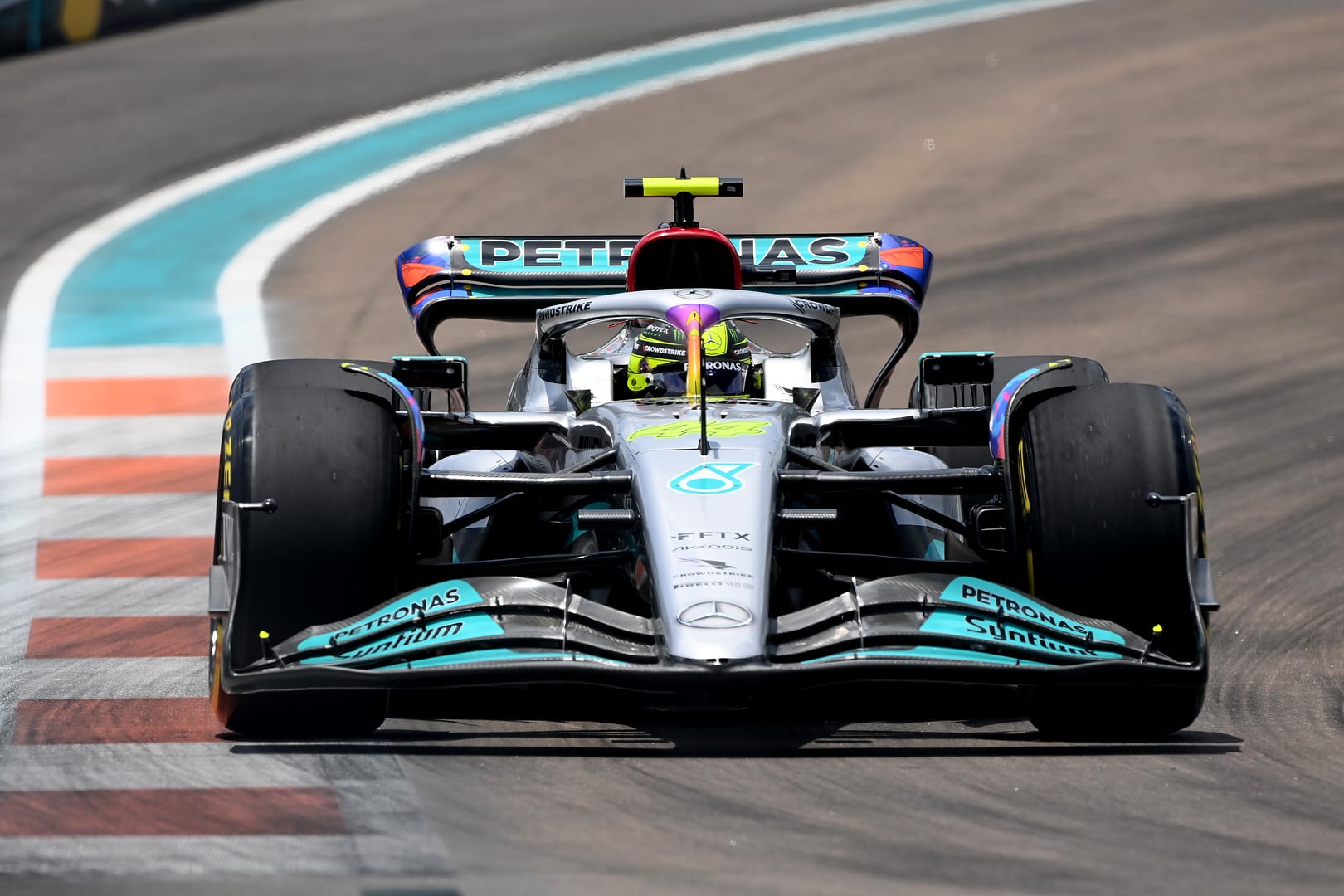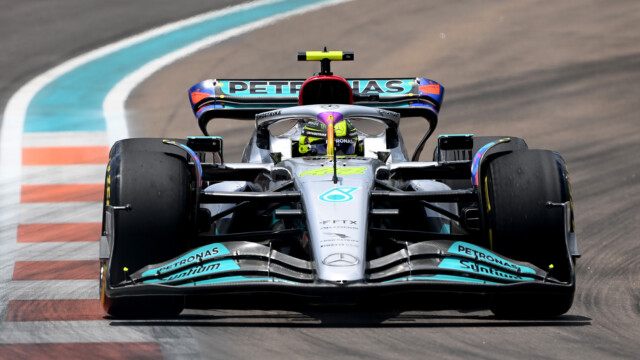Can porpoising be prevented in Formula One cars?


Porpoising is a phenomenon that has been a major issue in Formula One racing for some time, most notably during the 2022 F1 season, leading to dangerous conditions for drivers. Porpoising occurs when a car’s aerodynamics cause it to bounce up and down, which can lead to reduced stability and loss of control. Fortunately, there are some measures that can be taken to prevent porpoising and make Formula One races safer. By understanding the causes of porpoising and making adjustments to the car’s aerodynamic design, teams can reduce or even eliminate this phenomenon. Additionally, drivers can play a role in preventing porpoising by learning how to recognize and respond appropriately to it when it occurs. With the right approaches, teams and drivers can work together to reduce the risk of porpoising and make Formula One racing safer.
Definition of porpoising
When a car’s aerodynamic design causes it to bounce up and down while travelling at high speeds, this is known as porpoising. Porpoising occurs when the car’s aerodynamics cause its ride height to change rhythmically, which can reduce stability and lead to loss of control. The name porpoise is derived from the porpoise species of whale, which is known for its jumping behavior.
Causes of porpoising
The main cause of porpoising is a car’s tendency to change its ride height while travelling at high speeds. Ride height refers to how high or low the car is sitting in relation to the ground. This can be affected by aerodynamic drag, which causes the car to rise up in the back and squat down in the front when travelling at high speeds. Drag can be reduced by adjusting the car’s aerodynamic design in order to reduce the effect that it has on ride height. Another factor that can contribute to a car’s tendency to change its ride height is track banking. When a track is banked (sloped upward), the car will squat down at the front end and rise up in the back. If the car is at an adequate ride height before the track is banked, the rise in the back can cause the car to become too low and results in porpoising.
How to reduce porpoising
There are some measures that can be taken to reduce the risk of porpoising and make Formula One racing safer. By understanding the causes of porpoising and making adjustments to the car’s aerodynamic design, teams can reduce or even eliminate this phenomenon.
Additionally, drivers can play a role in preventing porpoising by learning how to recognize and respond appropriately to it when it occurs.
With the right approaches, teams and drivers can work together to reduce the risk of porpoising and make Formula One racing safer.
Adjustments to the car’s aerodynamic design – When porpoising occurs, adjusting the car’s aerodynamics is the first step in preventing it. For example, if the car is rising up in the back, the team can reduce the amount of air that is being let out behind the car by adjusting the rear wings. This will bring the rear of the car back down. If the car is squatting down in the front, the team can add more air out in front of the car by adjusting the front wings. This will bring the front of the car back up.
Driver recognition and response – If a driver feels as though their car is porpoising, they may want to adjust the car’s ride height themselves. However, this could be dangerous if the driver is not knowledgeable about the specific adjustments that should be made. It may be best for the driver to let the pit crew know that the car is changing its ride height and to let them handle the adjustments.
Benefits of preventing porpoising – Reducing or eliminating porpoising has many benefits. For example, preventing porpoising can help increase driver and car safety. Furthermore, without porpoising, cars will have better aerodynamic efficiency and running speed. In addition, it can be easier for fans to follow the race if cars aren’t continually bouncing up and down.
How teams and drivers can work together – In order to prevent porpoising, teams and drivers must work together. Teams can help prevent porpoising by making adjustments to the car’s aerodynamics. For example, if the car is rising up in the back, the team can reduce the amount of air that is being let out behind the car. Drivers can help prevent porpoising by letting the team know when they feel that the car is changing its ride height.
Conclusion
Porpoising has been a major issue in Formula One racing for some time, leading to dangerous conditions for drivers. Fortunately, there are some measures that can be taken to prevent porpoising and make racing safer. By understanding the causes of porpoising and making adjustments to the car’s aerodynamic design, teams can reduce or even eliminate this phenomenon. Additionally, drivers can play a role in preventing porpoising by learning how to recognize and respond appropriately to it when it occurs. With the right approaches, teams and drivers can work together to reduce the risk of porpoising and make Formula One racing safer.





